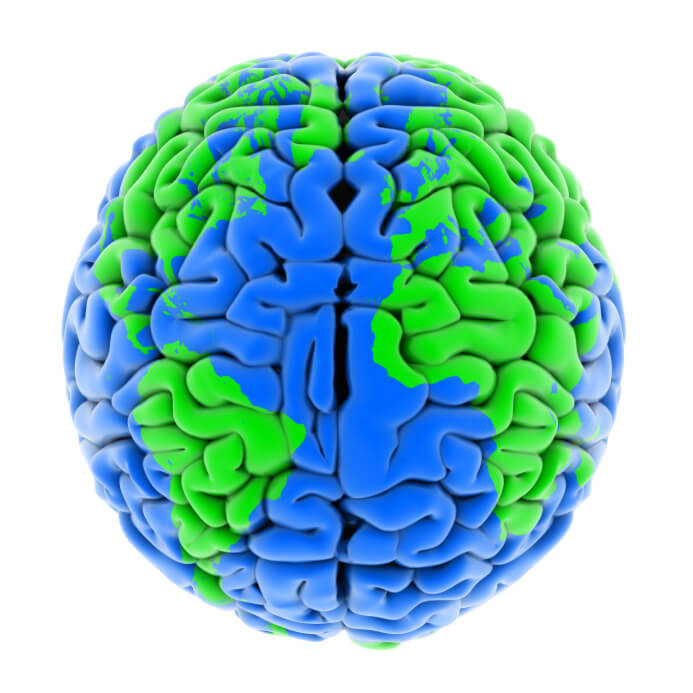As communication channels and styles evolve, it’s worth reviewing how digital communication works and what that means for brands, businesses, and researchers.
Brands are increasingly using emojis and stickers as an important tool in their marketing campaigns. You can order your pizza delivery with emoji, support an endangered species and learn in which situations you really need a hamburger.
Visual language is also creeping into brand logos too. However, visual communication is not new, and some argue that visual communication often replicates the gestures, grunts and graphics that were used by our ancestors. Body language, hand movements, eye contact, smiles, tone of voice have always been an important part of human communication.
In my own work, I have always believed in the power of images to help capture the implicit as well as the explicit associations that drive human behaviour. Interestingly, one of the most frequent push backs I get to visual approaches is to challenge how well images translate across cultures. Arguably, they translate more easily than words.
Over several years of developing a visual research language I have learnt that the images that work best across cultures are those that are neither too closed (too specific and liable to literal interpretation) and those that are too open (too generic or open to very different interpretations). The sweet spot is in the middle. Choices also tend to reflect self-identity, especially in terms of culture and gender.
For example, an image of a pilot in front of a plane is popular and revealing of the concept of responsibility and professionalism. This image is chosen for more prosaic reasons if you are researching airlines. Similarly, gender and cultural identity influence the images that people respond to.
As emoji and stickers have become more prevalent, I have often wondered what can be learnt from the way they are used, and are their meanings as universal as often claimed? More specifically, when I visit Thailand, I’m intrigued by the use of stickers, although I can’t claim to understand them very well.
Since the launch of LINE in 2011, it has accumulated more than 200,000 million active users and dominant positions in Japan, Taiwan and Thailand. Much of LINE’s success and revenue comes from the consumption of sticker sets. In 2018, LINE users in Thailand sent over 10 billion stickers, or an average of 31 million stickers per day.
Little research has been conducted on the use of stickers in Thailand, so our first piece of research was to present a class of Thammasat students with the first set of “Brown” stickers and ask them to identify the meaning of each sticker. They did this is small groups, and we quickly realized that the meanings varied between groups and even within groups. Students would often state, “it depends on the situation”.
We changed our approach, and asked students to identify and screenshot a dialogue and write up a simple explanation of the meaning of any stickers or other visual aids that appeared in the dialogue. This activity was supported with discussions.
In total we looked at 81 messages from 34 students including xx nationalities. The messages included mixtures of text, emoji, stickers and pictures, mostly from the Line app (the most popular in Thailand) with a small number from Facebook Messenger, Instagram and SMS.
Our analysis revealed five overall themes in the use of visuals:
- Parallels with written LANGUAGE
- The need for SIMPLICITY
- The expression of EMOTIONS
- The use of emotion to manage SOCIAL interaction
- Meanings are PRIVATE and situational more than universal
Let’s start with visuals as a basic language. Visuals are used to describe, punctuate, clarify, and acknowledge as well as express. That is, visuals work in the same way as spoken and written language. Indeed, many stickers used in Line combine visual and verbal expression. In many cases, visuals enable users to perform these language functions more efficiently, or as one student wrote, “No need for more words”.
“A sticker or emoji paints a thousand words”, summarizes the way that visuals are used to simplify and speed up communication. Visuals are a, “concise way to answer”. This is particularly true of emotional expression, where visuals are “easier to understand what she wants to say and her feelings too”.
At the heart of visual communication is the ability to express emotions, replacing the non-verbal communication that takes place in physical (face-to-face) interactions. Although we tend to think of emoji as smiley faces, in the messages we sampled emotional expression is often quite raw with strong negative feelings communicated.
Although emotional expression is more often used to ‘soften’ the tone of messages, both positive and negative are examples of how people manage social interactions and the behaviour of others. They can be used to express guilt, to motivate a friend, and to ensure that the atmosphere remains friendly and positive.
All the above demonstrate that meanings of any visual depends on cooperation between two (or more) people. Usage and interpretation are situational.
The meaning of visuals is fluid, depending on shared knowledge and experience, and sometimes a whim. Visual language, like all behaviour, is improvised. It is rarely optimal, and usually ‘good enough’ to convey the intended meaning (satisficing in the language of behavioural economics).
Visuals are also personal and private in the sense that they replace physical interactions that happen in face-to-face communication. Visuals, especially stickers, are used to personalize messages and reflect personal and shared identities.
In summary, human communication combines gesture, body language, facial expression, spoken and written words and even emoji, emoticon and graphics to make meaning.
- Emoji, emoticon and stickers are not a stand-alone language.
- Moreover, many symbols may be universally understood at some level, but their usage is local and, above all, flexible.
- Local meanings depend on context, and specifically on the share intentions and knowledge of the people involved. This is especially true in high-context cultures like Indonesia, Japan and Thailand which are also the biggest users of LINE.
For marketers, never assume universal meanings, even if you use a pizza slice emoji. To use visual communication effectively, be aware of the context and the intentions of the customers you are targeting (i.e., the “jobs” they are doing). This is consistent with the latest research on facial expressions, which shows that our interpretation of emotion depends more on the context of a facial expression than the face itself. It is also consistent with what I have learnt from image-based research.
One final thought for marketers, don’t use visuals to be clever, use them to make communication easier, friendlier and to help people get the job done.
[Note: this article is based on a presentation at IIeX Bangkok, written with Daniel McFarlane PhD from Thammasat University School of Global Studies. You can access the presentation materials here.]






